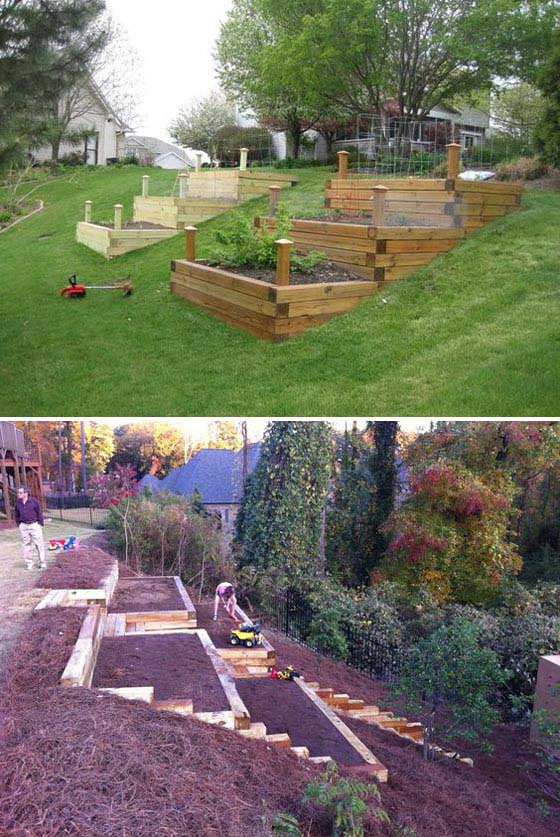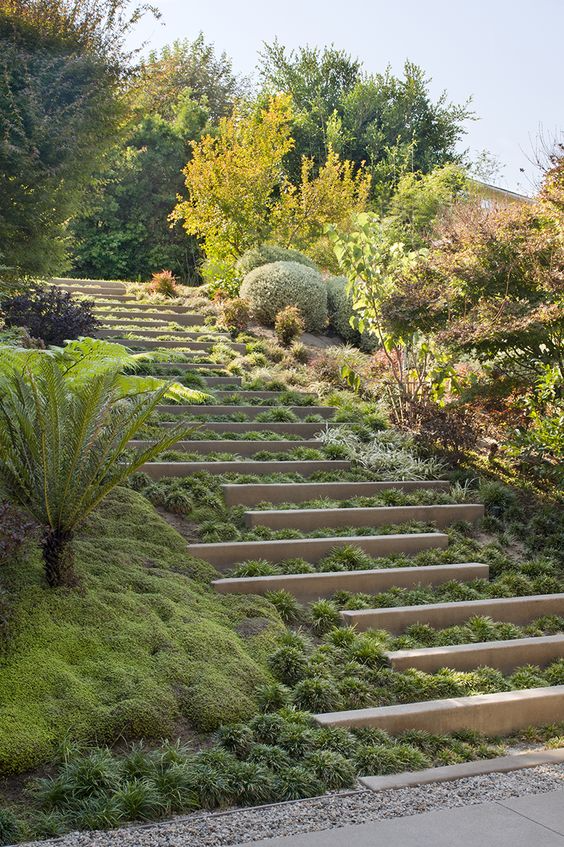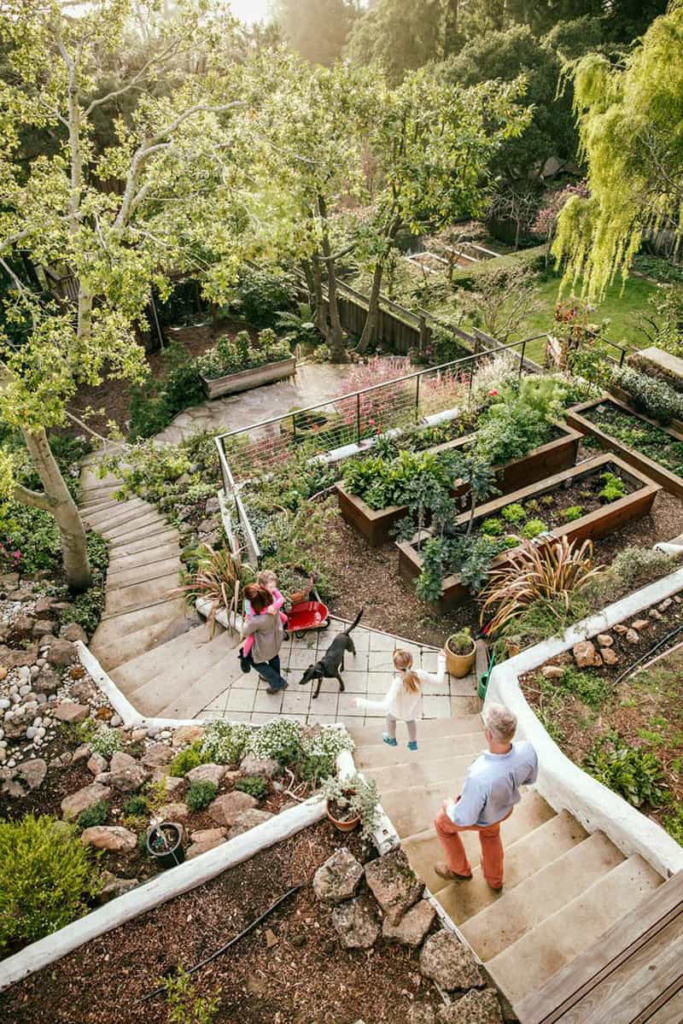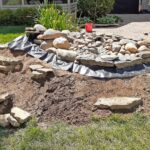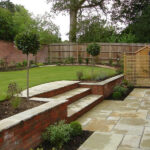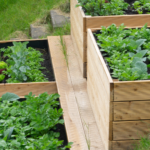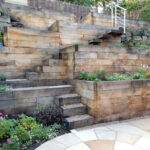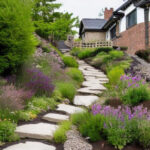Gardening on a slope can present both challenges and opportunities for gardeners. With a bit of planning and creativity, a sloped garden can become a stunning and unique feature of your outdoor space. Here are some tips for designing a garden on a slope.
First and foremost, it is important to consider the logistics of gardening on a slope. Soil erosion and water runoff are common issues on sloped terrain, so it is essential to implement proper drainage and erosion control measures. This can include adding retaining walls, terracing the slope, or creating swales to redirect water flow. Additionally, choosing plants that are well-suited to the slope’s conditions, such as erosion-resistant ground covers or deep-rooted shrubs, can help prevent erosion and stabilize the soil.
When designing a garden on a slope, it is important to take advantage of the natural contours of the land. Creating terraced levels or using retaining walls can help define different areas of the garden and prevent soil erosion. Planting trees, shrubs, and perennials in staggered rows or in cascading patterns can also enhance the visual appeal of the garden and create a sense of depth and dimension. Consider incorporating winding pathways or steps to navigate the slope and make the garden more accessible.
Incorporating a mix of vegetation, hardscaping, and decorative elements can add interest and diversity to a sloped garden. Planting a variety of plants with different heights, textures, and colors can create visual contrast and provide year-round interest. Adding features like stone pathways, patios, or water features can enhance the beauty and functionality of the garden. Consider using terracotta pots, trellises, or garden sculptures to add personality and charm to the space.
Lighting is an important consideration when designing a garden on a slope. Installing outdoor lighting can not only enhance the garden’s beauty but also improve visibility and safety during evening hours. Consider using uplights, spotlights, or string lights to highlight key features of the garden and create a warm and inviting atmosphere. Solar-powered lights can be a practical and eco-friendly option for illuminating a sloped garden.
Maintaining a garden on a slope can be more challenging than on flat ground, but with proper care and attention, it can thrive. Regular watering, mulching, and weeding are essential tasks for keeping plants healthy and preventing erosion. Consider using organic fertilizers and compost to nourish the soil and promote plant growth. Periodically inspecting the garden for signs of erosion, drainage issues, or pest infestations can help address problems before they escalate.
In conclusion, gardening on a slope can be a rewarding and enjoyable experience for gardeners looking to create a unique and beautiful outdoor space. By considering the challenges of sloped terrain and implementing thoughtful design elements, a sloped garden can become a stunning oasis that showcases the natural beauty of the landscape. With proper planning, maintenance, and creativity, a garden on a slope can be a dynamic and vibrant addition to any outdoor space.
